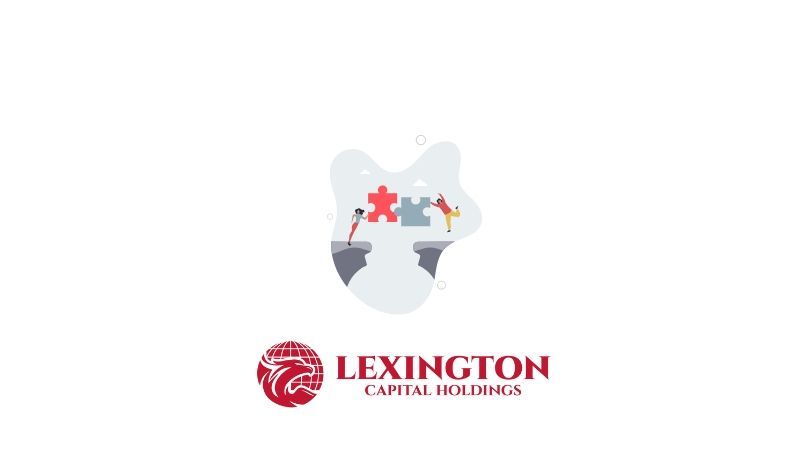The Competitive Edge: How Instant Payments Can Transform Your Business
The Competitive Edge: How Instant Payments Can Transform Your Business
One of the most significant advancements transforming the financial landscape is the rise of instant payments. Instant payments, which allow for the immediate transfer of funds between bank accounts, are becoming increasingly popular among consumers and businesses alike. Here's why businesses should absolutely incorporate instant payments into their structures.
What Are Instant Payments?
Instant payments are real-time transactions that enable the immediate transfer of money between parties. Unlike traditional payment methods, which can take days to process, instant payments are completed within seconds. This innovation is made possible through various payment systems and platforms, including real-time gross settlement (RTGS) systems, blockchain technology, and faster payment schemes.
The Benefits of Instant Payments for Businesses
Enhanced Cash Flow Management Instant payments provide businesses with immediate access to funds, improving liquidity and cash flow management. This is particularly beneficial for small and medium-sized enterprises (SMEs) that rely on timely payments to manage day-to-day operations and meet financial obligations.
Improved Customer Experience In an era where customer satisfaction is paramount, offering instant payments can significantly enhance the customer experience. Consumers appreciate the convenience and speed of real-time transactions, leading to increased loyalty and repeat business. For example, e-commerce platforms that offer instant refunds can build trust and encourage more frequent purchases.
Competitive Advantage Businesses that adopt instant payment solutions can differentiate themselves from competitors. As more consumers and vendors expect faster transactions, companies that fail to offer instant payments risk being left behind. By staying ahead of the curve, businesses can attract new customers and retain existing ones.
Cost Efficiency Traditional payment methods often come with high processing fees and hidden costs. Instant payments, on the other hand, can reduce these expenses by streamlining payment processes and minimizing the need for intermediaries. This cost efficiency can result in significant savings for businesses over time.
Enhanced Security Instant payment systems typically incorporate advanced security features, such as encryption and fraud detection mechanisms, to protect sensitive financial information. This reduces the risk of payment fraud and provides businesses with greater peace of mind when handling transactions.
Global Reach With the rise of digital commerce, businesses are increasingly operating on a global scale. Instant payments facilitate cross-border transactions by enabling real-time transfers across different currencies and jurisdictions. This global reach opens up new markets and opportunities for growth.
How to Implement Instant Payments
Choose the Right Payment Platform Selecting a reliable and secure instant payment platform is crucial. Businesses should evaluate various options based on factors such as transaction speed, fees, integration capabilities, and customer support. Popular platforms include PayPal, Venmo, Zelle, and Stripe.
Integrate with Existing Systems To ensure a seamless transition, businesses should integrate instant payment solutions with their existing accounting and financial systems. This integration helps streamline processes and ensures accurate tracking of transactions.
Educate and Train Staff Implementing new payment systems requires training and education for employees. Businesses should invest in training programs to ensure that staff are well-versed in using instant payment platforms and can assist customers effectively.
Communicate with Customers Clear communication with customers is essential when introducing instant payments. Businesses should inform customers about the new payment options, highlight the benefits, and provide guidance on how to use them. This can be done through marketing campaigns, website updates, and customer support channels.
Conclusion
The rise of instant payments represents a significant shift in the financial landscape, offering numerous benefits for businesses of all sizes. By enhancing cash flow management, improving customer experience, gaining a competitive advantage, reducing costs, ensuring security, and enabling global reach, instant payments are becoming a vital component of modern business structures. Now is the time for businesses to embrace this technology and reap the rewards of faster, more efficient transactions.

When you apply for business funding, your application goes through a critical stage—underwriting. This is where lenders evaluate risk and determine whether your business qualifies for financing, and under what terms. Understanding what underwriters look for can help you strengthen your application, avoid delays, and increase your approval odds.

Not every business enjoys a steady stream of income. For many companies—especially those in seasonal industries, contracting, or project-based work—revenue can shift dramatically from month to month. These ups and downs are normal, but they can make managing cash flow, payroll, and operating expenses challenging. At Lexington Capital Holdings, we understand that fluctuating revenue doesn’t mean instability—it just means you need the right financial tools to stay balanced and grow confidently.

The Challenge of Hyper-Growth For many startups, growth isn’t the problem—it’s managing it. Rapid scaling demands capital for hiring, marketing, technology, and operations. But too often, founders find themselves cash-strapped right when they need resources the most. Choosing the right financing strategy can be the difference between sustainable growth and burning out too soon.

When it comes to business financing, the terms you secure are just as important as the funding itself. Lower interest rates, flexible repayment schedules, and higher approval amounts can mean the difference between simply surviving and setting your business up to thrive. The good news? Business owners often have more negotiating power than they realize. At Lexington Capital Holdings, we’ve seen firsthand how preparation and strategy can help secure stronger terms. Here’s how you can do the same:

For many businesses, waiting on customer payments can feel like standing still when you’re ready to move forward. Delayed invoices, extended payment terms, or slow collections create cash flow gaps that make it harder to cover expenses, pay employees, or seize new opportunities. The truth is—even successful, profitable companies face this challenge. The key isn’t avoiding it, but managing it strategically with the right funding solutions

Securing business funding is a milestone—but the real impact comes from how you put that capital to work. Every dollar borrowed should fuel momentum, strengthen operations, and generate measurable returns. Unfortunately, too many businesses stop at “getting approved” and miss the chance to maximize their return on investment (ROI). At Lexington Capital Holdings, we believe funding isn’t just about access to capital—it’s about creating opportunity. Here’s how to ensure your financing delivers the highest ROI:

In today’s fast-paced business environment, standing out from the competition requires more than just great products and services—it takes strategy, timing, and smart financial decisions. One of the most overlooked tools in building and maintaining a competitive advantage is business financing. When leveraged correctly, financing doesn’t just help you “get by”; it can actually position your business to outpace competitors and capture new opportunities.

In business, surprises aren’t a matter of if—they’re a matter of when. Whether it’s a sudden equipment breakdown, an unexpected dip in sales, or a market shift that requires quick adaptation, unforeseen expenses can test even the most successful companies. The difference between thriving and struggling often comes down to how well you’ve prepared.

When most business owners hear the word debt, it sparks feelings of stress or risk. But here’s the truth—debt isn’t always a bad thing. In fact, when managed strategically, debt can become one of the most powerful tools to grow, stabilize, and scale your business. At Lexington Capital Holdings, we work with business owners every day who are navigating this very question: Is taking on debt the right move for me? Let’s break down the difference between “good” and “bad” debt so you can make informed financial decisions.

In today’s business world, financing options are everywhere—but choosing the right path can feel overwhelming. From traditional bank loans to alternative lending solutions, the fine print and fast-changing requirements often leave business owners spending more time deciphering funding terms than actually running their businesses. That’s where the value of a dedicated funding advisor truly shines. At Lexington Capital Holdings, we’ve seen firsthand how personalized guidance can transform the funding experience for business owners of all sizes.

